Home>Home Appliances>Laundry Appliances>How To Prevent Clothes From Tangling In The Washing Machine
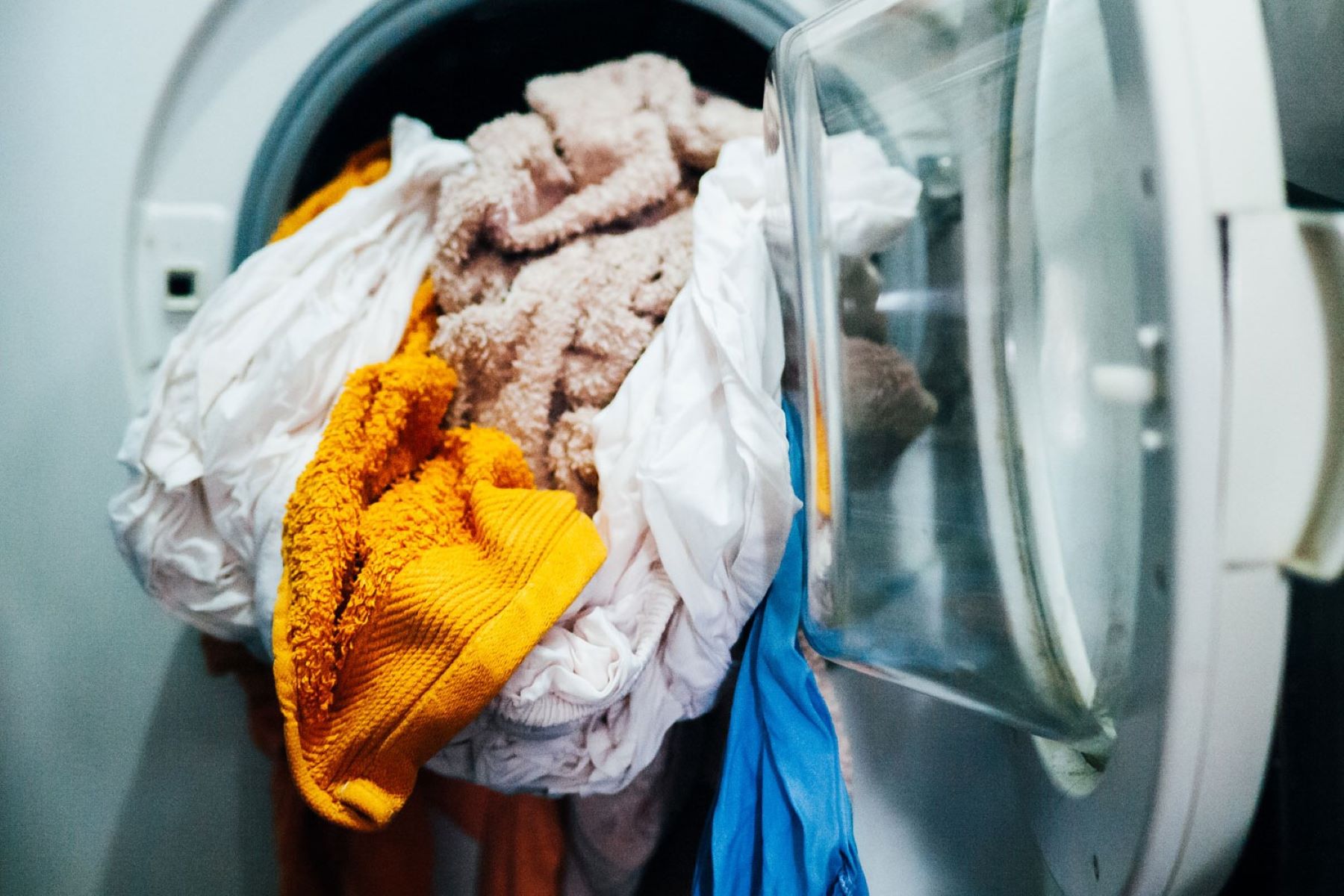

Laundry Appliances
How To Prevent Clothes From Tangling In The Washing Machine
Published: February 20, 2024
Learn how to prevent clothes from tangling in the washing machine with our expert tips. Keep your laundry appliances running smoothly and your clothes looking their best.
(Many of the links in this article redirect to a specific reviewed product. Your purchase of these products through affiliate links helps to generate commission for Storables.com, at no extra cost. Learn more)
Common Causes of Clothes Tangling in the Washing Machine
Clothes tangling in the washing machine can be a frustrating issue that leads to wrinkles, damage, and uneven cleaning. Understanding the common causes of this problem is the first step toward preventing it and ensuring that your laundry comes out fresh and untangled every time.
-
Overloading the Machine: One of the primary reasons for clothes tangling in the washing machine is overloading. When the machine is packed with too many clothes, there is limited space for the items to move freely during the wash cycle. This can result in garments becoming twisted and tangled with each other.
-
Mixing Fabric Types: Another common cause of clothes tangling is mixing different fabric types in the same load. Fabrics with varying textures and thicknesses can easily intertwine during the wash cycle, leading to a tangled mess. It's important to separate delicate fabrics from heavier ones to prevent this issue.
-
Loose Straps and Strings: Clothing items with loose straps, strings, or ties can easily get tangled with other garments during the wash. These loose elements tend to wrap around other clothes, causing them to become entwined and resulting in a frustrating tangle.
-
Improper Loading: Incorrectly loading the washing machine can also contribute to clothes tangling. If items are not evenly distributed in the drum, they may clump together during the wash cycle, leading to tangling and uneven cleaning.
-
Long Wash Cycles: Extended wash cycles can exacerbate the tangling issue, especially for delicate or lightweight items. Prolonged agitation and spinning can cause clothes to twist and tangle, resulting in a time-consuming detangling process post-wash.
By understanding these common causes of clothes tangling in the washing machine, you can take proactive steps to prevent this issue and ensure that your laundry comes out of the wash cycle fresh, clean, and free from tangles.
Key Takeaways:
- Prevent clothes tangling by sorting laundry based on fabric type, color, and dirt level. Use mesh laundry bags for delicate items to minimize tangling and preserve garment quality.
- Adjust water level, load size, and choose the right washing cycle to prevent clothes tangling. Incorporate a dry towel to reduce friction and check for washing machine maintenance regularly.
Sorting Clothes Before Washing
Sorting clothes before washing is a crucial step in preventing tangling in the washing machine. By organizing your laundry into separate loads based on fabric type, color, and level of dirtiness, you can minimize the risk of clothes becoming tangled during the wash cycle.
Separating by Fabric Type
When sorting clothes, it's important to separate different fabric types to prevent tangling. Lightweight and delicate fabrics such as silk, lace, and thin knits should be washed separately from heavier items like denim, towels, and bedding. This separation reduces the likelihood of lightweight items getting wrapped around bulkier ones, leading to tangling.
Sorting by Color
In addition to fabric type, sorting clothes by color is essential for maintaining the vibrancy of your garments and preventing color transfer. Dark, vibrant, and light-colored items should be washed separately to avoid color bleeding and staining. By preventing color transfer, you can also minimize the risk of garments sticking together during the wash cycle.
Considering Dirt Levels
Sorting clothes based on dirt levels is another effective strategy. Heavily soiled items, such as work uniforms or sports attire, should be washed separately from lightly soiled everyday wear. This separation not only prevents tangling but also ensures that heavily soiled items receive the thorough cleaning they require without affecting other garments.
Read more: How To Remove Agitator From Kenmore Washer
Using Mesh Laundry Bags
For delicate items that require special care, such as lingerie, hosiery, and embellished clothing, consider placing them in mesh laundry bags before washing. These bags provide an extra layer of protection, preventing delicate items from getting entangled with other garments. Additionally, using mesh laundry bags can help maintain the shape and integrity of delicate items, extending their lifespan.
By taking the time to sort your laundry before washing, you can significantly reduce the risk of clothes tangling in the washing machine. This simple yet effective practice not only preserves the quality of your garments but also streamlines the washing process, ensuring that each load comes out fresh, clean, and free from tangles.
Using Mesh Laundry Bags
Using mesh laundry bags is a practical and effective solution for safeguarding delicate items during the washing process. These specialized bags provide an additional layer of protection, preventing fragile garments from tangling with other clothing and minimizing the risk of damage. Whether you're washing lingerie, hosiery, embellished clothing, or even baby items, incorporating mesh laundry bags into your laundry routine can make a significant difference in preserving the quality and longevity of your delicate garments.
The primary benefit of using mesh laundry bags is their ability to create a barrier between delicate items and the rest of the laundry load. By enclosing delicate garments within the mesh bag, they are shielded from direct contact with other clothing, reducing the likelihood of entanglement and friction during the wash cycle. This is particularly important for items with intricate details, such as lace, embroidery, or beading, as these delicate embellishments are prone to snagging and damage when exposed to rough surfaces.
Furthermore, mesh laundry bags help maintain the shape and structure of delicate items. When placed inside the bag, delicate garments are less likely to stretch, deform, or lose their original form during the washing process. This is especially beneficial for bras, swimwear, and other form-fitting clothing, as it helps preserve their elasticity and overall fit over time.
In addition to protecting delicate items, mesh laundry bags offer the convenience of keeping small or loose items contained. Socks, undergarments, and baby clothing often have a tendency to get lost or tangled with larger items in the washing machine. By placing these smaller items in mesh bags, you can ensure that they stay together as a cohesive unit, making it easier to locate and sort them after the wash cycle.
When using mesh laundry bags, it's important to select the appropriate bag size based on the quantity and size of the delicate items being washed. Overcrowding the bag can diminish its protective benefits, so it's advisable to distribute items across multiple bags if necessary. Additionally, opting for quality mesh bags with durable closures and fine mesh material ensures that they can withstand repeated use and effectively protect delicate garments.
Incorporating mesh laundry bags into your laundry routine not only safeguards delicate items but also simplifies the washing process. By taking this proactive step, you can enjoy the peace of mind that comes with knowing your delicate garments are receiving the care and protection they deserve, resulting in laundry loads that emerge fresh, clean, and free from tangles.
Adjusting the Water Level and Load Size
Properly adjusting the water level and load size in your washing machine is a fundamental aspect of preventing clothes from tangling during the wash cycle. By optimizing these settings, you can create an environment that allows garments to move freely and undergo thorough cleaning without the risk of entanglement.
When it comes to water level, it's essential to match the amount of water to the size of the load. Many modern washing machines offer multiple water level settings, allowing you to customize the water volume based on the quantity of laundry being washed. By selecting the appropriate water level for each load, you can ensure that there is sufficient space for the garments to circulate and agitate without becoming tightly packed or tangled.
In addition to adjusting the water level, carefully considering the load size is crucial for preventing tangling. Overloading the washing machine with an excessive amount of clothing can lead to overcrowding within the drum, increasing the likelihood of garments becoming twisted and tangled during the wash cycle. Conversely, washing a small load in a machine designed for larger capacities can also result in inadequate movement and cleaning action, potentially leading to tangling as well.
To strike the right balance, it's important to follow the manufacturer's guidelines regarding load capacity and to avoid overfilling the machine. By allowing enough space for the garments to move freely and interact with the water and detergent, you can minimize the risk of tangling and ensure that each item receives thorough cleaning and rinsing.
Furthermore, adjusting the water level and load size not only prevents tangling but also contributes to energy and water efficiency. By using the appropriate amount of water for each load, you can reduce water wastage and energy consumption, promoting eco-friendly laundry practices while maintaining optimal washing performance.
By conscientiously adjusting the water level and load size according to the specific requirements of each laundry load, you can create an environment that promotes effective cleaning while minimizing the risk of clothes tangling in the washing machine. This simple yet impactful adjustment can significantly enhance the overall washing experience, ensuring that your garments emerge from the wash cycle fresh, clean, and free from tangles.
Choosing the Right Washing Cycle
Selecting the appropriate washing cycle is a critical factor in preventing clothes from tangling in the washing machine. Modern washing machines offer a variety of cycle options, each designed to cater to specific fabric types, soil levels, and garment care requirements. By understanding the available washing cycles and their respective functions, you can make informed choices that promote effective cleaning while minimizing the risk of tangling.
One of the primary considerations when choosing the right washing cycle is the fabric type of the laundry load. Most washing machines feature standard cycles such as "Normal," "Delicate," "Permanent Press," and "Heavy Duty," each tailored to accommodate different fabric types and soil levels. For delicate and lightweight fabrics, selecting the "Delicate" or "Gentle" cycle is advisable, as these cycles typically involve slower agitation and gentler spinning, reducing the likelihood of garments becoming tangled. Conversely, heavier fabrics and heavily soiled items benefit from the robust action of the "Heavy Duty" cycle, which provides thorough cleaning without compromising on garment integrity.
In addition to fabric type, considering the soil level of the laundry load is essential when choosing the washing cycle. Washing machines often offer cycle options such as "Quick Wash," "Soak," and "Extra Rinse," which can be utilized to address specific soil levels and stain removal requirements. By selecting the appropriate cycle based on the level of dirtiness, you can ensure that the garments receive the necessary cleaning action without prolonged agitation that may lead to tangling.
Furthermore, some advanced washing machines feature specialized cycles such as "Hand Wash," "Sportswear," "Allergen Removal," and "Steam Clean," each designed to cater to unique garment care needs. These specialized cycles offer tailored settings and gentle actions that are particularly beneficial for preventing tangling in delicate or specialty items, such as activewear, woolens, and allergy-sensitive fabrics.
When choosing the right washing cycle, it's important to refer to the manufacturer's guidelines and garment care labels to ensure compatibility with the selected cycle. By aligning the washing cycle with the specific requirements of the laundry load, you can optimize the cleaning process and minimize the risk of clothes tangling in the washing machine.
By thoughtfully selecting the appropriate washing cycle for each laundry load, you can enhance the overall washing experience and ensure that your garments emerge fresh, clean, and free from tangles. This proactive approach to cycle selection not only promotes effective cleaning but also contributes to the longevity and preservation of your clothing, allowing you to enjoy consistently exceptional laundry results.
Read more: How To Stop A Washing Machine From Moving
Adding a Dry Towel to the Load
Introducing a dry towel into your laundry load can serve as a remarkably simple yet effective strategy to prevent clothes from tangling in the washing machine. This method capitalizes on the absorbent and friction-reducing properties of the towel, creating a barrier that minimizes the likelihood of garments becoming entangled during the wash cycle.
The presence of a dry towel in the load alters the dynamics within the washing machine, particularly during the agitation and spinning phases. As the machine operates, the towel absorbs excess moisture released by the garments, thereby reducing the overall friction and static buildup among the items. This reduction in friction plays a pivotal role in preventing garments from intertwining and twisting around each other, ultimately mitigating the risk of tangling.
Furthermore, the texture of the dry towel contributes to creating separation and space within the load. The towel's surface interacts with the garments, acting as a buffer that prevents them from clumping together. This separation allows for improved water circulation and garment movement during the wash cycle, promoting more thorough cleaning while minimizing the potential for tangling.
When incorporating a dry towel into the laundry load, it's essential to select a towel that is clean and free from any residual detergents or fabric softeners. Opting for a medium-sized or large towel ensures that it can effectively interact with the garments and distribute its absorbent and friction-reducing properties throughout the load.
It's important to note that adding a dry towel to the load not only aids in preventing tangling but also offers additional benefits. The presence of the towel can help balance the load, particularly in machines with an imbalance detection feature, leading to smoother and quieter operation. Additionally, the towel's absorbency can contribute to more efficient water extraction during the spin cycle, potentially reducing drying time and energy consumption.
By incorporating this straightforward yet impactful technique into your laundry routine, you can proactively minimize the risk of clothes tangling in the washing machine. The addition of a dry towel not only promotes a more seamless and effective wash cycle but also ensures that your garments emerge fresh, clean, and free from tangles, simplifying the post-wash process and preserving the quality of your clothing.
Use a mesh laundry bag to separate delicate items and prevent them from tangling in the washing machine. This will also help to protect the clothes from damage.
Checking for Agitator or Impeller Issues
When encountering problems with clothes tangling in the washing machine, it's essential to inspect the agitator or impeller for potential issues that may contribute to this frustrating occurrence. The agitator, commonly found in top-loading machines, and the impeller, prevalent in high-efficiency top-loading and front-loading washers, play pivotal roles in facilitating the movement and circulation of garments during the wash cycle. Any malfunctions or irregularities in these components can disrupt the proper washing action, leading to clothes tangling and uneven cleaning.
To begin the inspection, it's advisable to consult the washing machine's user manual to understand the specific design and functionality of the agitator or impeller. This knowledge provides valuable insights into the expected behavior and performance of these components, enabling a more informed assessment.
For top-loading machines equipped with an agitator, the first step involves visually examining the agitator for any signs of damage, such as cracks, chips, or loose components. Additionally, gently rotating the agitator by hand can help identify any unusual resistance or wobbling, indicating potential mechanical issues that may impede its proper function during the wash cycle.
In the case of high-efficiency top-loading and front-loading washers featuring an impeller, inspecting the impeller for obstructions, debris accumulation, or damage is crucial. Clearing any foreign objects or buildup that may hinder the impeller's movement is essential for ensuring optimal washing performance and preventing clothes from tangling.
Furthermore, assessing the agitator or impeller's connection to the drive shaft or motor assembly is vital. Loose or worn connections can result in erratic movement or insufficient agitation, leading to inadequate garment circulation and potential tangling issues. Ensuring that these connections are secure and free from excessive wear is integral to maintaining the effective operation of the agitator or impeller.
In some instances, the agitator or impeller may require cleaning to remove accumulated residue or debris that could interfere with their function. Utilizing manufacturer-recommended cleaning methods and products can help restore the components to their optimal condition, promoting smooth and consistent garment movement during the wash cycle.
By diligently checking for agitator or impeller issues and addressing any identified concerns promptly, you can mitigate the risk of clothes tangling in the washing machine. This proactive approach not only promotes the longevity and performance of the washing machine but also ensures that each laundry load emerges fresh, clean, and free from tangles, enhancing the overall laundry experience.
Regular Maintenance and Cleaning of the Washing Machine
Regular maintenance and cleaning of the washing machine are essential practices that not only prolong the appliance's lifespan but also contribute to optimal washing performance and the prevention of clothes tangling during the wash cycle. By incorporating routine maintenance into your laundry care regimen, you can ensure that your washing machine operates efficiently, delivering consistently exceptional results while safeguarding your garments from potential tangling issues.
One of the fundamental aspects of washing machine maintenance is keeping the appliance clean, both internally and externally. Over time, detergent residues, fabric softener buildup, and lint can accumulate inside the machine, potentially leading to reduced cleaning effectiveness and unpleasant odors. To address this, it's important to regularly clean the detergent and fabric softener dispensers, as well as the door seal and drum, using mild cleaning solutions and non-abrasive materials. Additionally, running a maintenance wash cycle with a washing machine cleaner can help eliminate residue and maintain the appliance's cleanliness.
In addition to internal cleaning, it's crucial to inspect and clean the washing machine's filters and drainage system. Lint, debris, and foreign objects can accumulate in the filters and drain hoses, impeding water flow and drainage. Regularly checking and cleaning these components prevents blockages and ensures proper water circulation during the wash cycle, reducing the risk of garments tangling due to inadequate water movement.
Furthermore, maintaining the washing machine's exterior surfaces is important for both aesthetics and functionality. Wiping down the control panel, door, and exterior casing with a damp cloth and mild detergent helps prevent the accumulation of dust, grime, and spills, preserving the appliance's appearance and ease of operation.
Beyond cleaning, conducting periodic inspections of the washing machine's mechanical and electrical components is crucial for identifying potential issues that may contribute to clothes tangling. Checking for loose or damaged belts, worn drum bearings, and irregular noises during operation can help detect underlying problems early, allowing for timely repairs and maintenance to prevent tangling and ensure smooth washing cycles.
By integrating regular maintenance and cleaning practices into your laundry routine, you can proactively mitigate the risk of clothes tangling in the washing machine. These proactive measures not only enhance the appliance's longevity and performance but also contribute to consistently exceptional laundry results, ensuring that your garments emerge fresh, clean, and free from tangles after every wash.
Frequently Asked Questions about How To Prevent Clothes From Tangling In The Washing Machine
Was this page helpful?
At Storables.com, we guarantee accurate and reliable information. Our content, validated by Expert Board Contributors, is crafted following stringent Editorial Policies. We're committed to providing you with well-researched, expert-backed insights for all your informational needs.
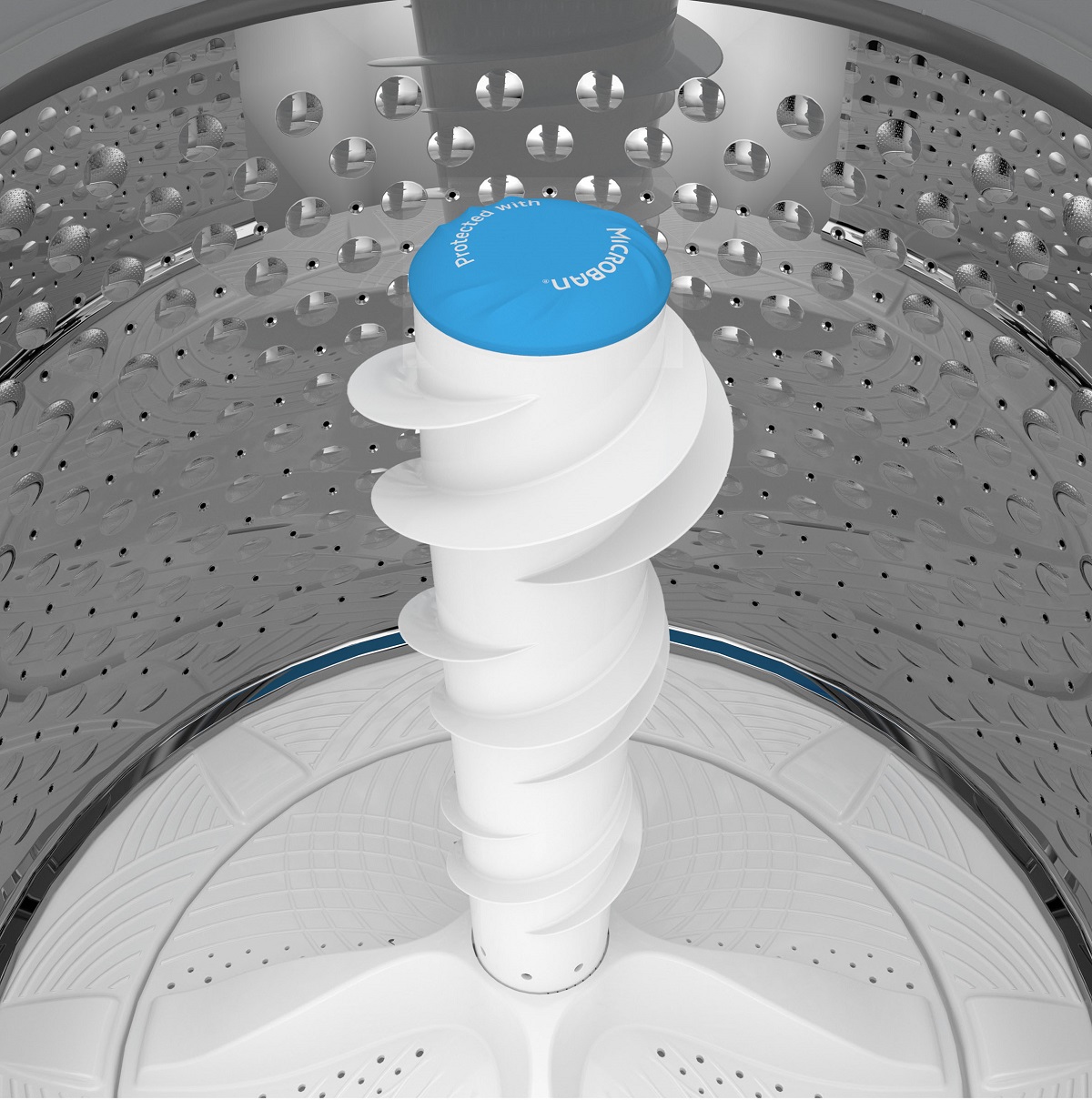
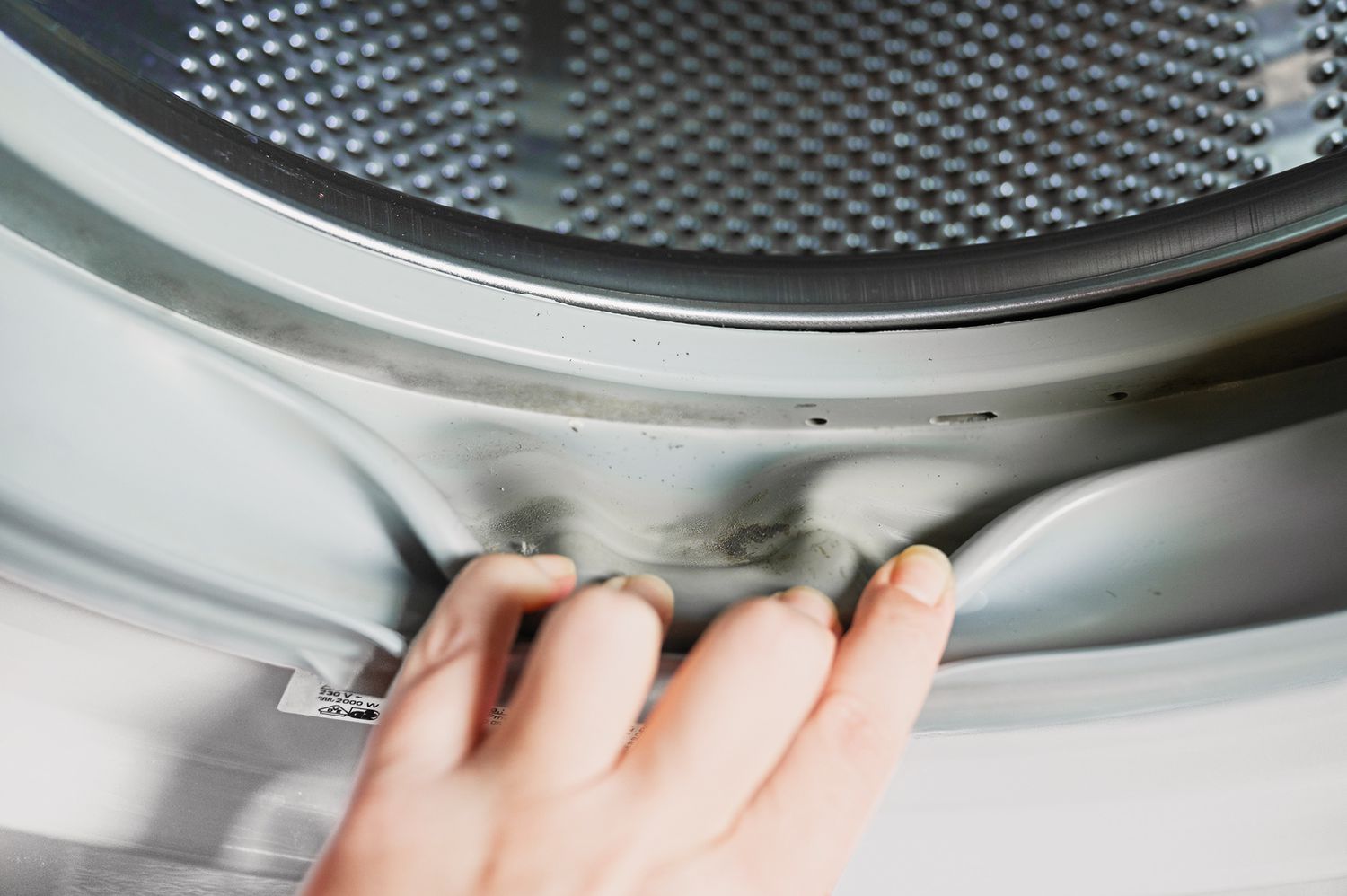

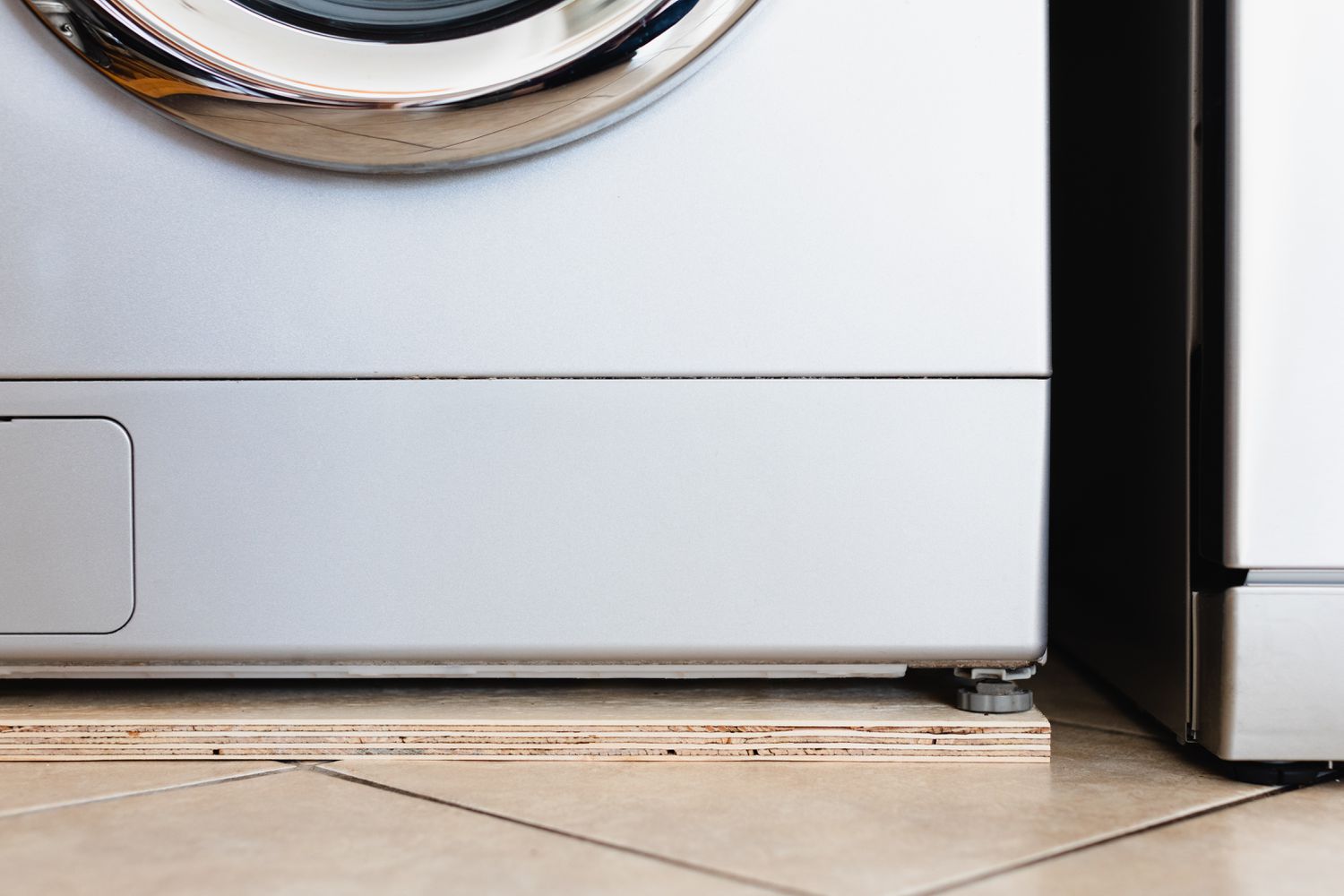
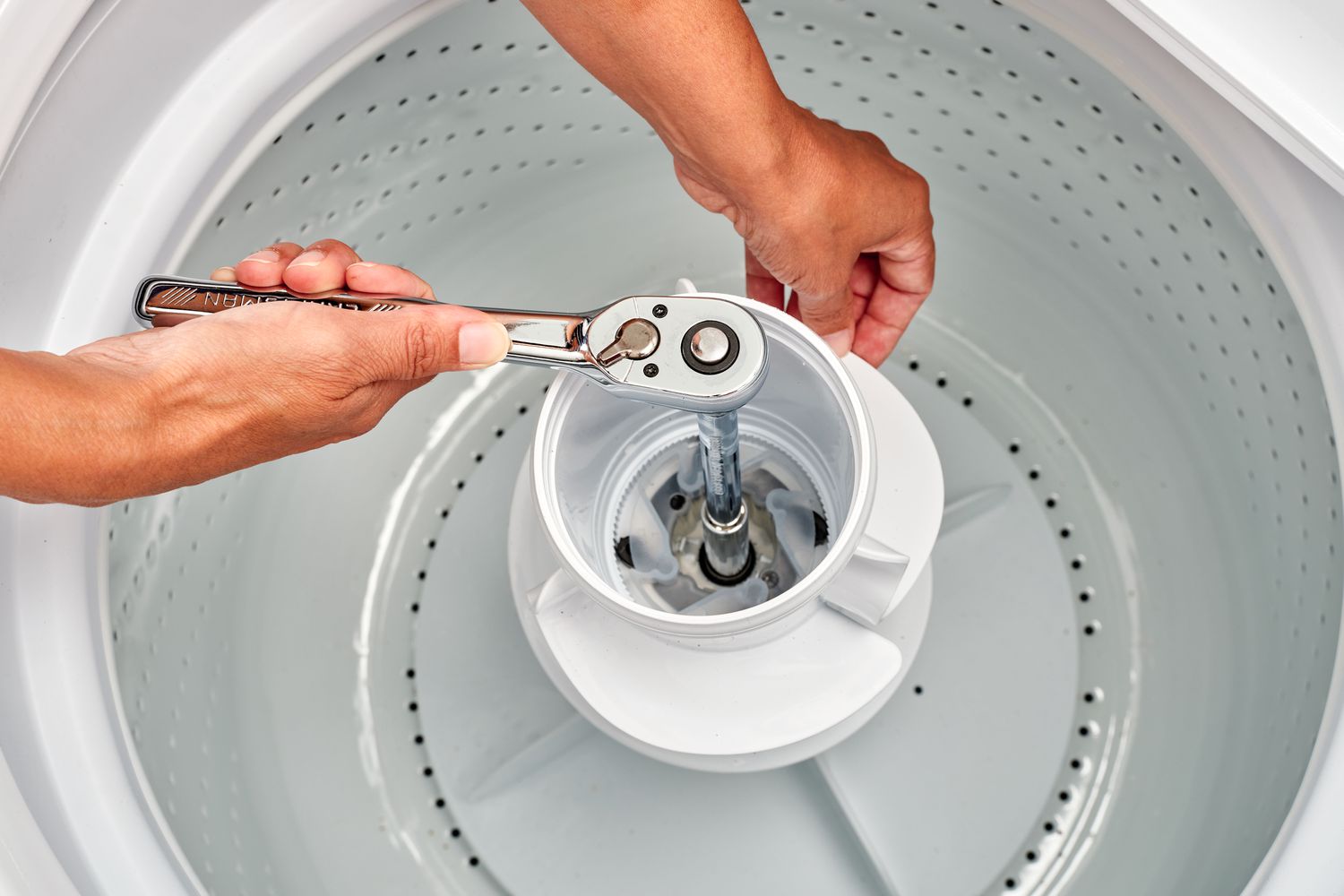
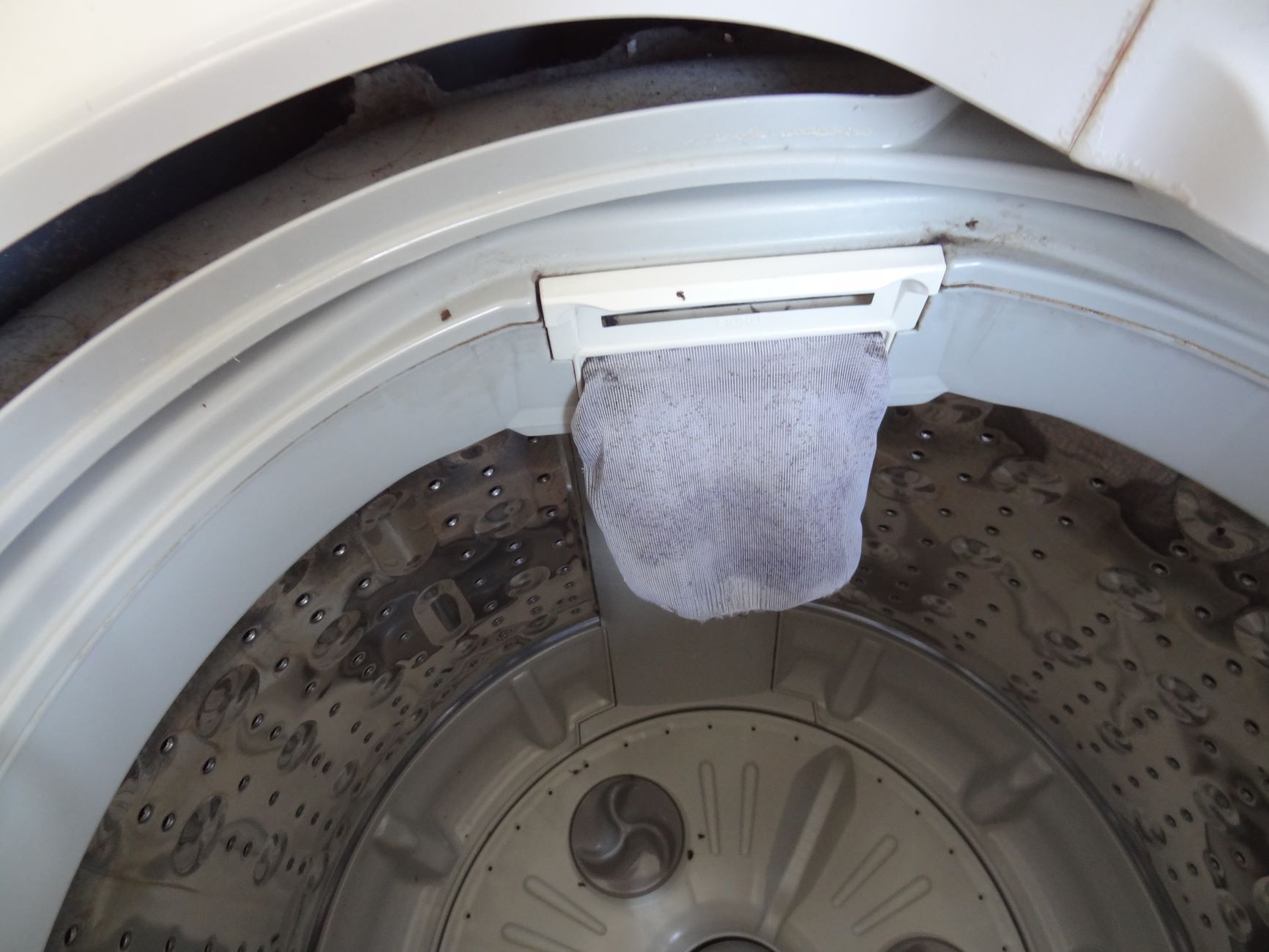
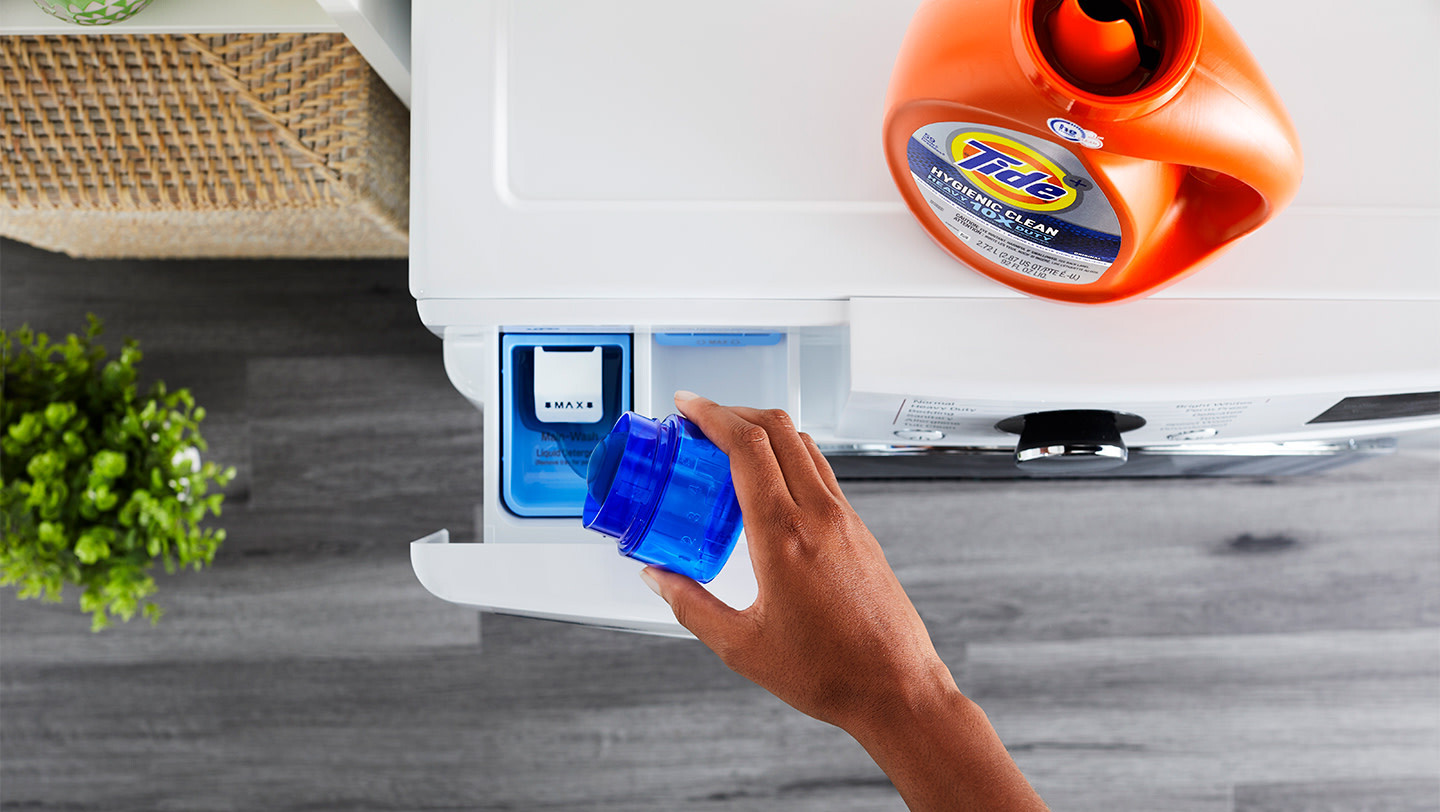
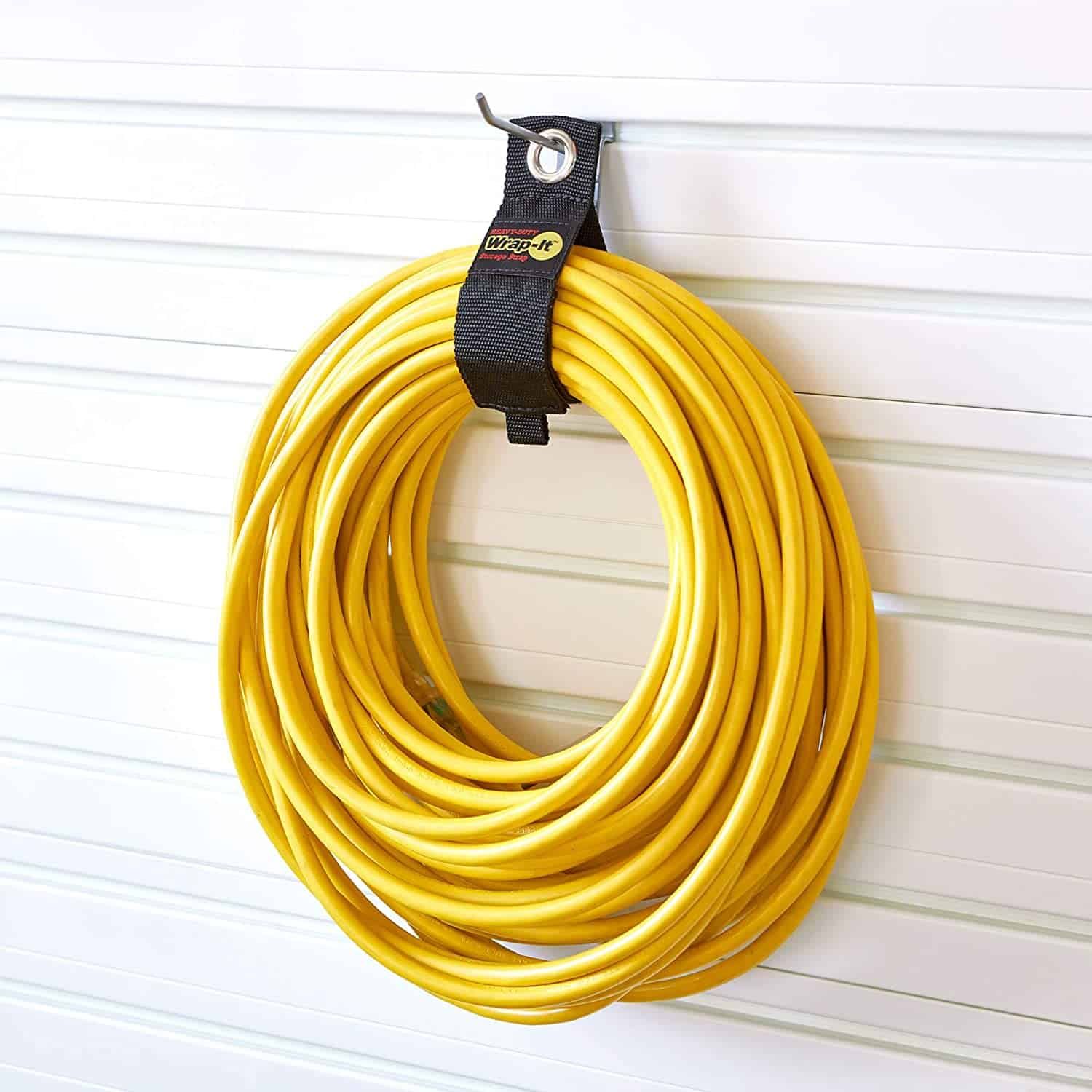
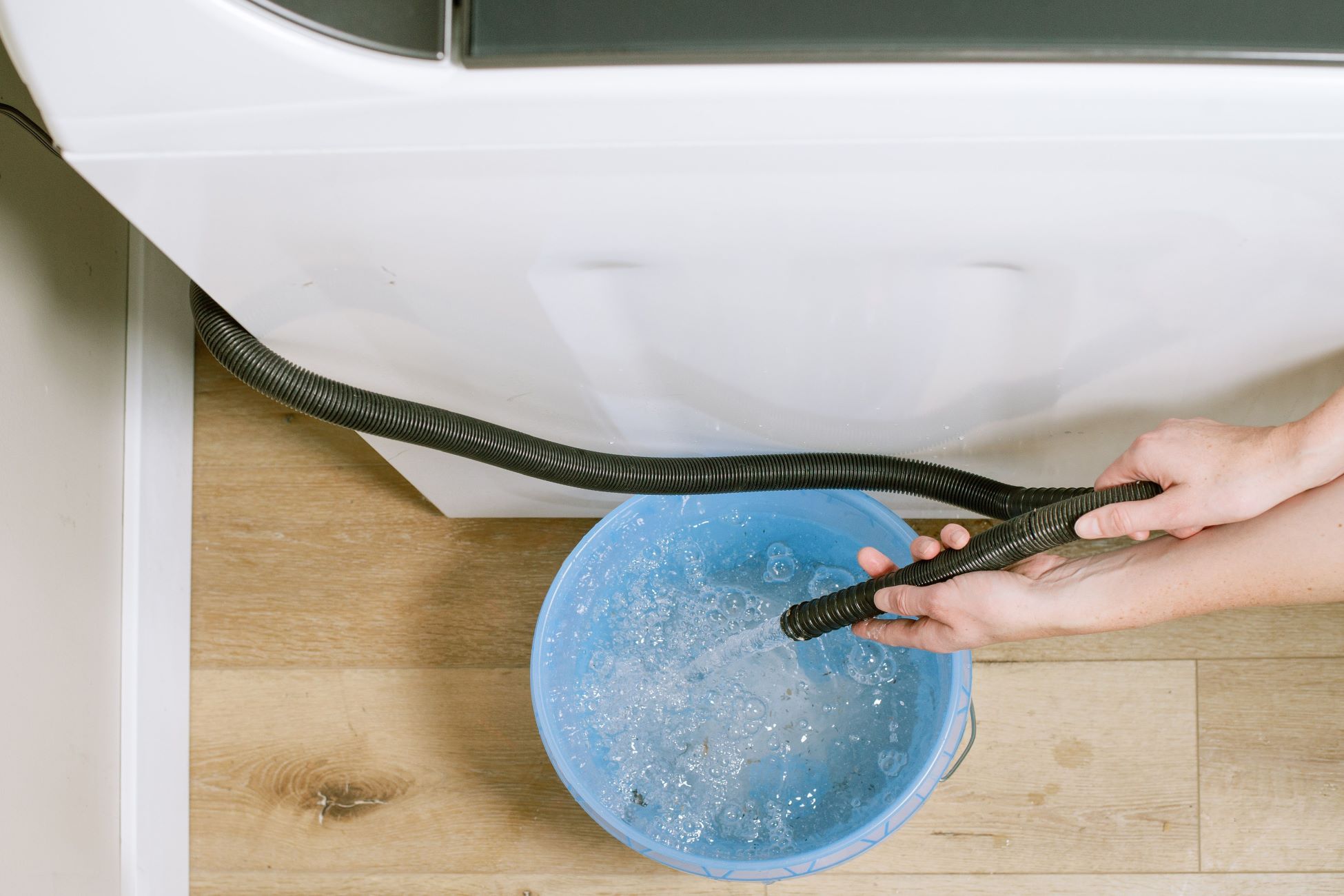
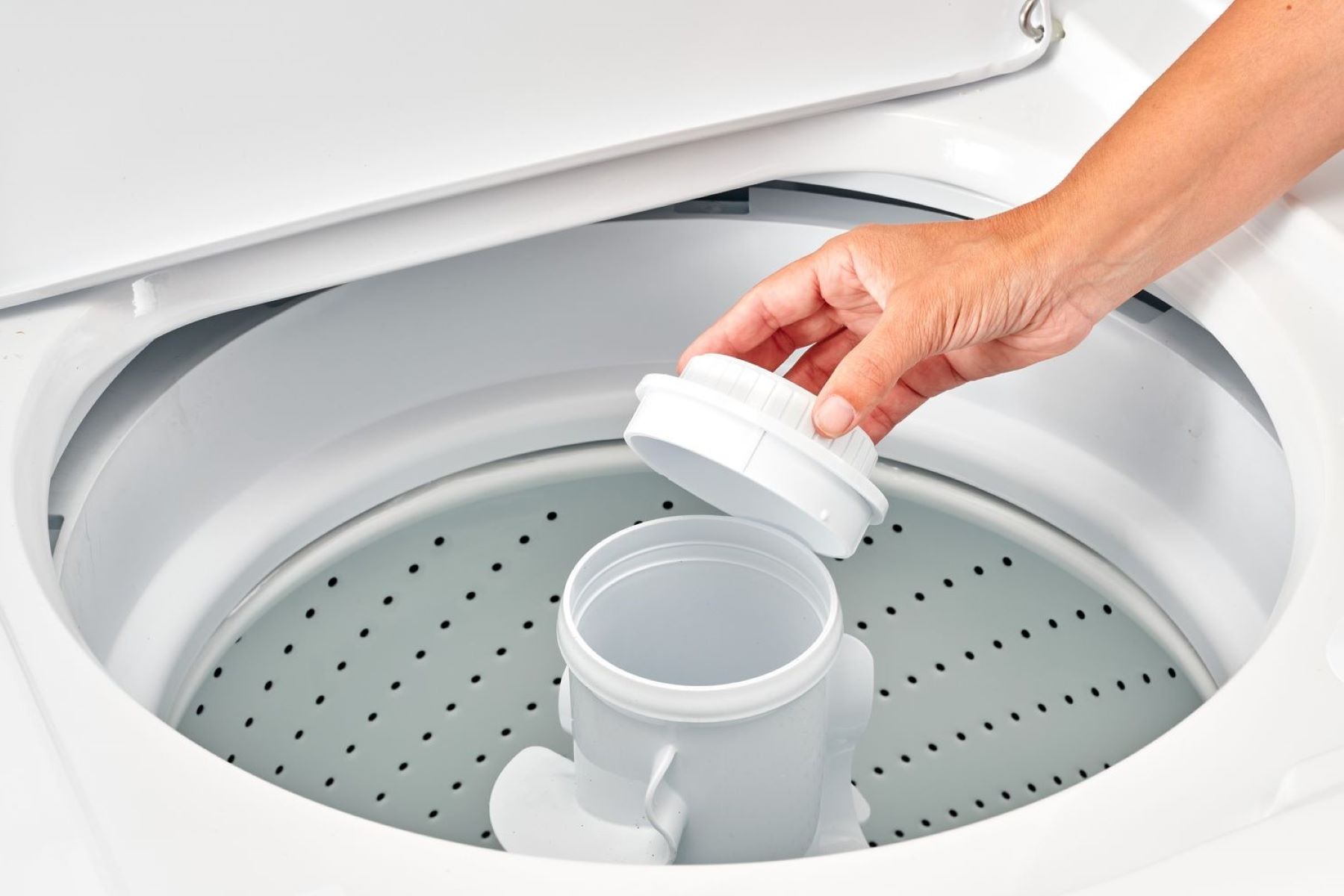

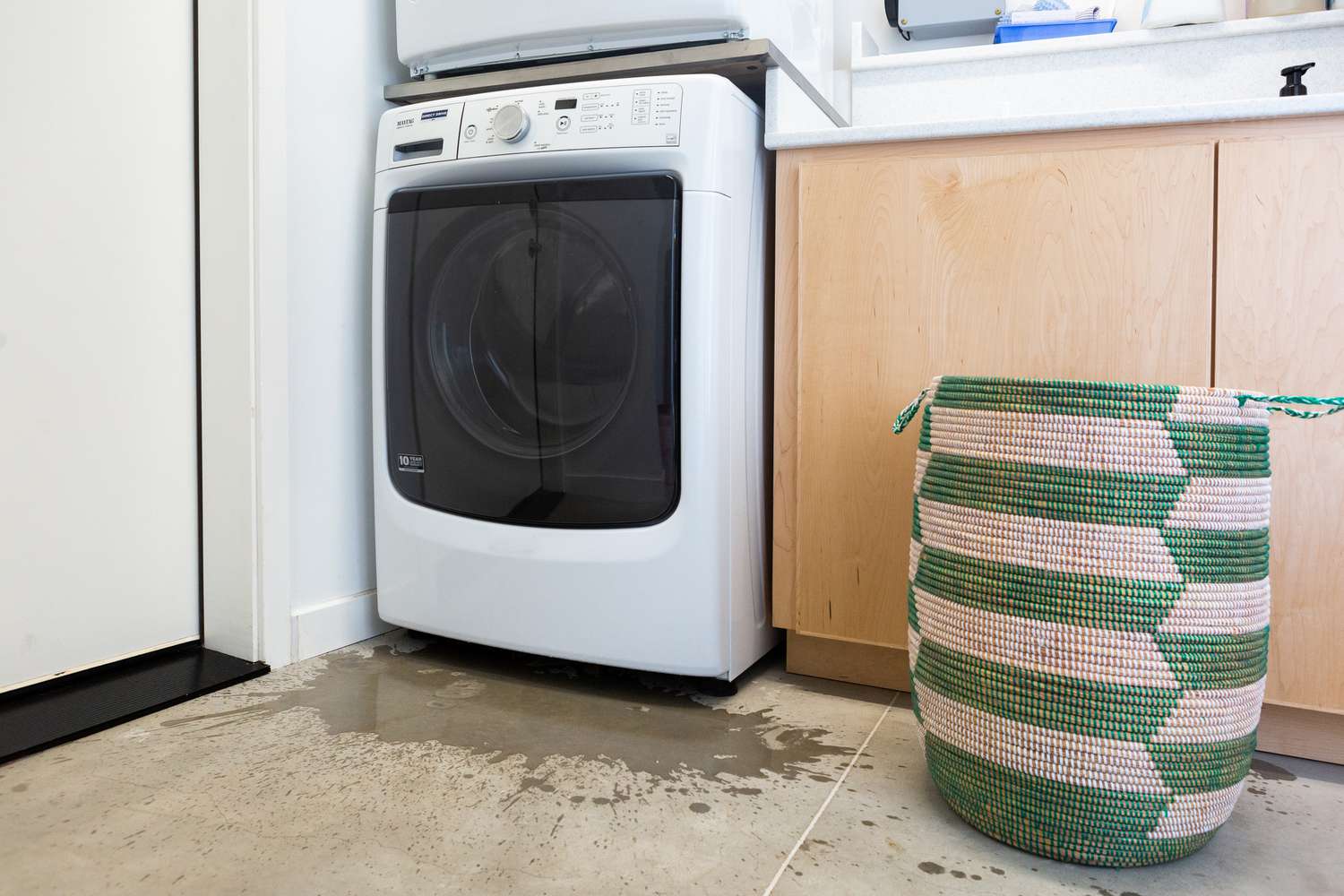
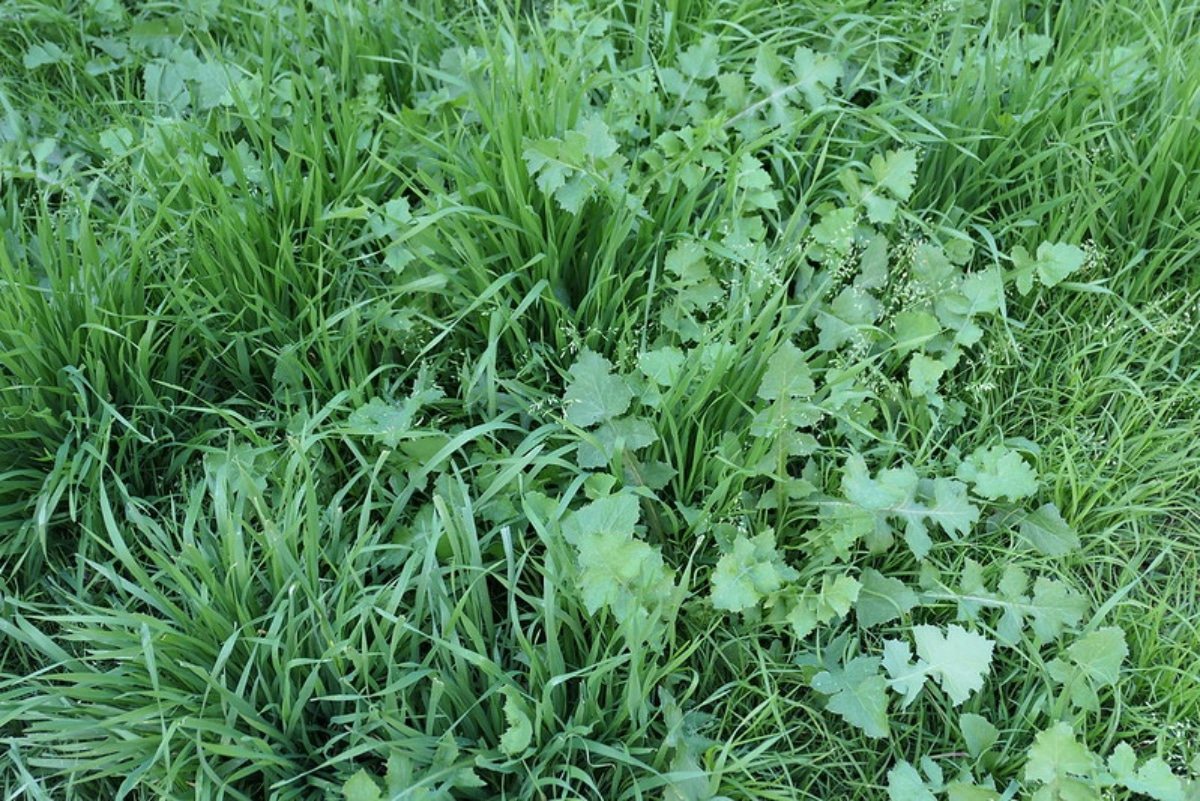

0 thoughts on “How To Prevent Clothes From Tangling In The Washing Machine”